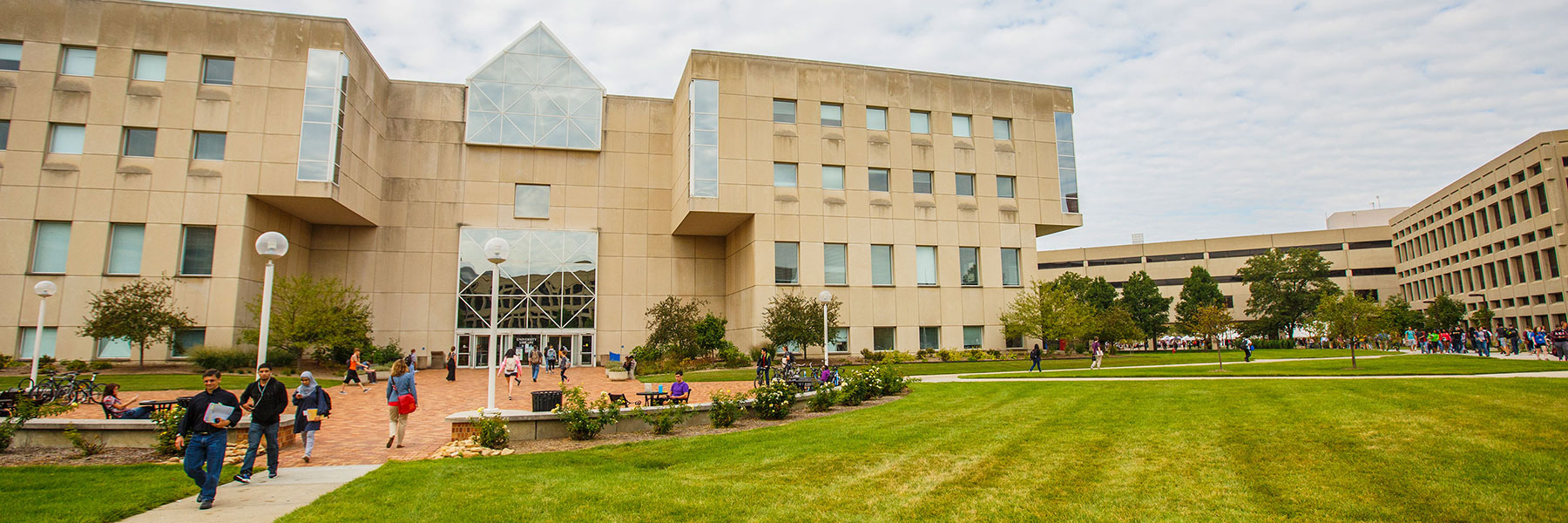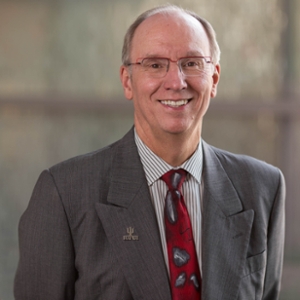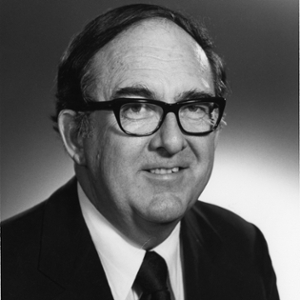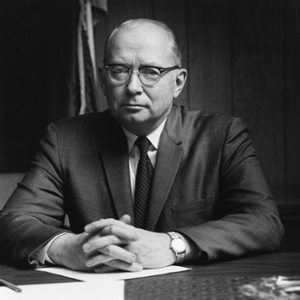Glenn Irwin Jr.
1973 to 1986
Glenn Irwin, a native of Roachdale, Indiana, received his B.S. from Indiana University in 1942 and his M.D. from the IU School of Medicine in 1944 while serving in the U.S. Army. He was appointed an instructor in the IU School of Medicine in 1950 and was dean of the school from 1965 until 1973, when he was appointed chancellor of IUPUI.
During Irwin’s chancellorship, IUPUI’s visibility and respectability as an academic institution increased dramatically. Enrollment grew from fewer than 17,000 students to more than 23,000, full-time faculty increased from 800 to 1,300, and the operating budget of the university increased from $97 million to $409 million.
He also is credited with transforming the IUPUI campus through the expansion of the IU Medical Center and the addition of numerous facilities, including the the Business/SPEA building, the School of Law building, the Tennis Center, and the Ronald McDonald House.







